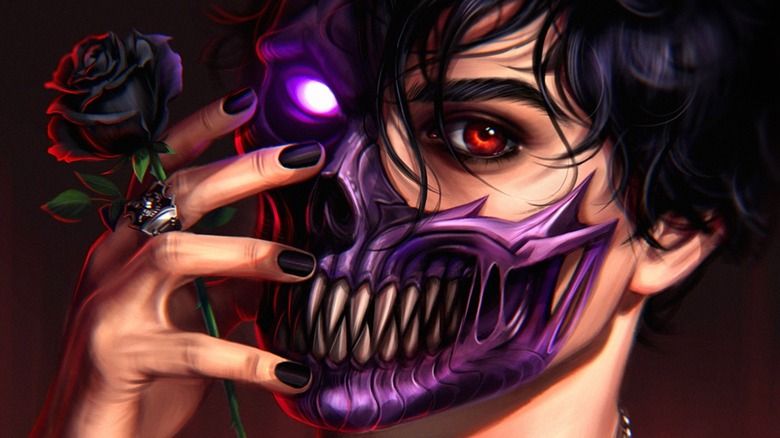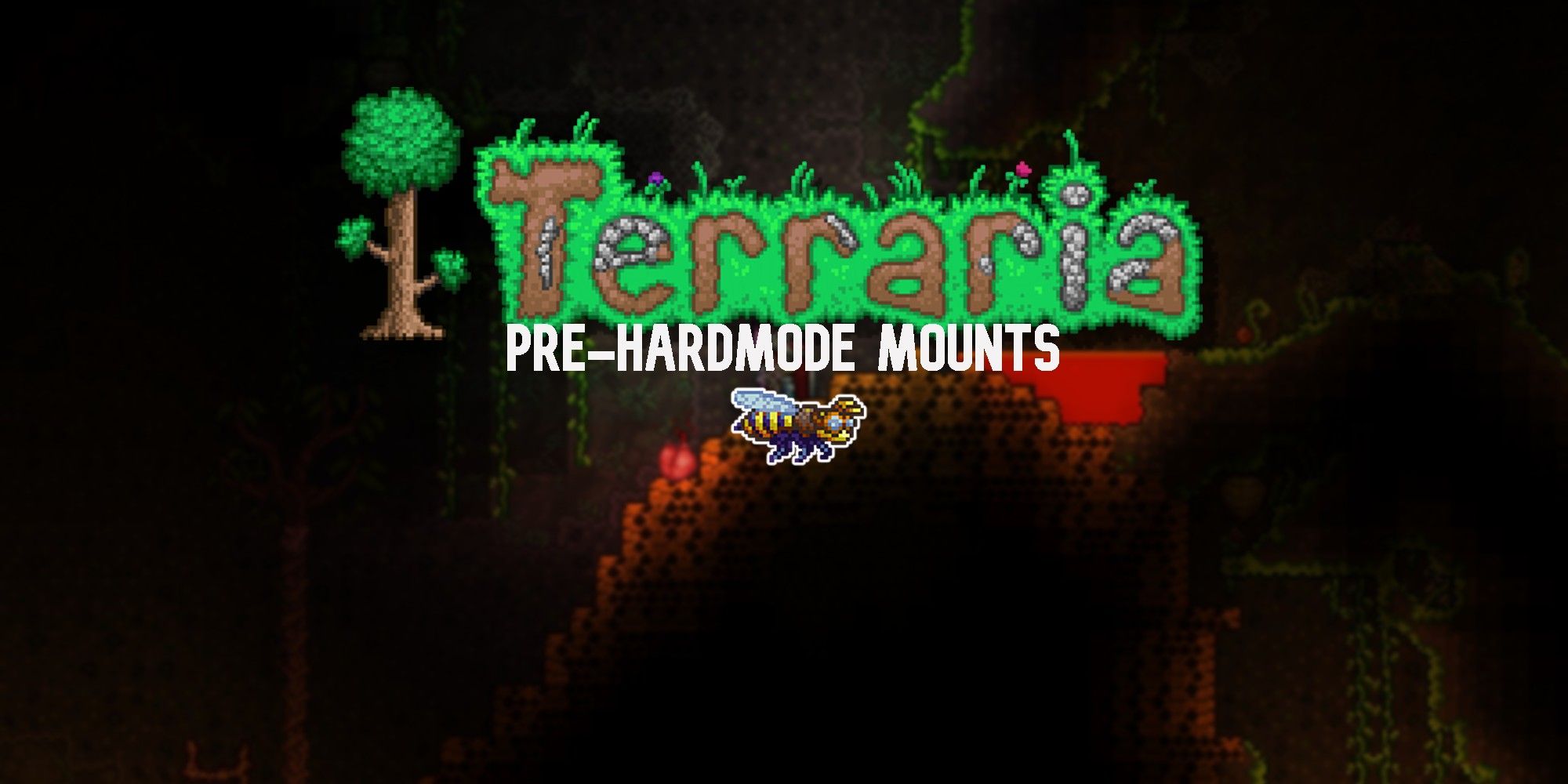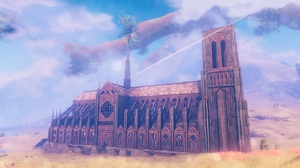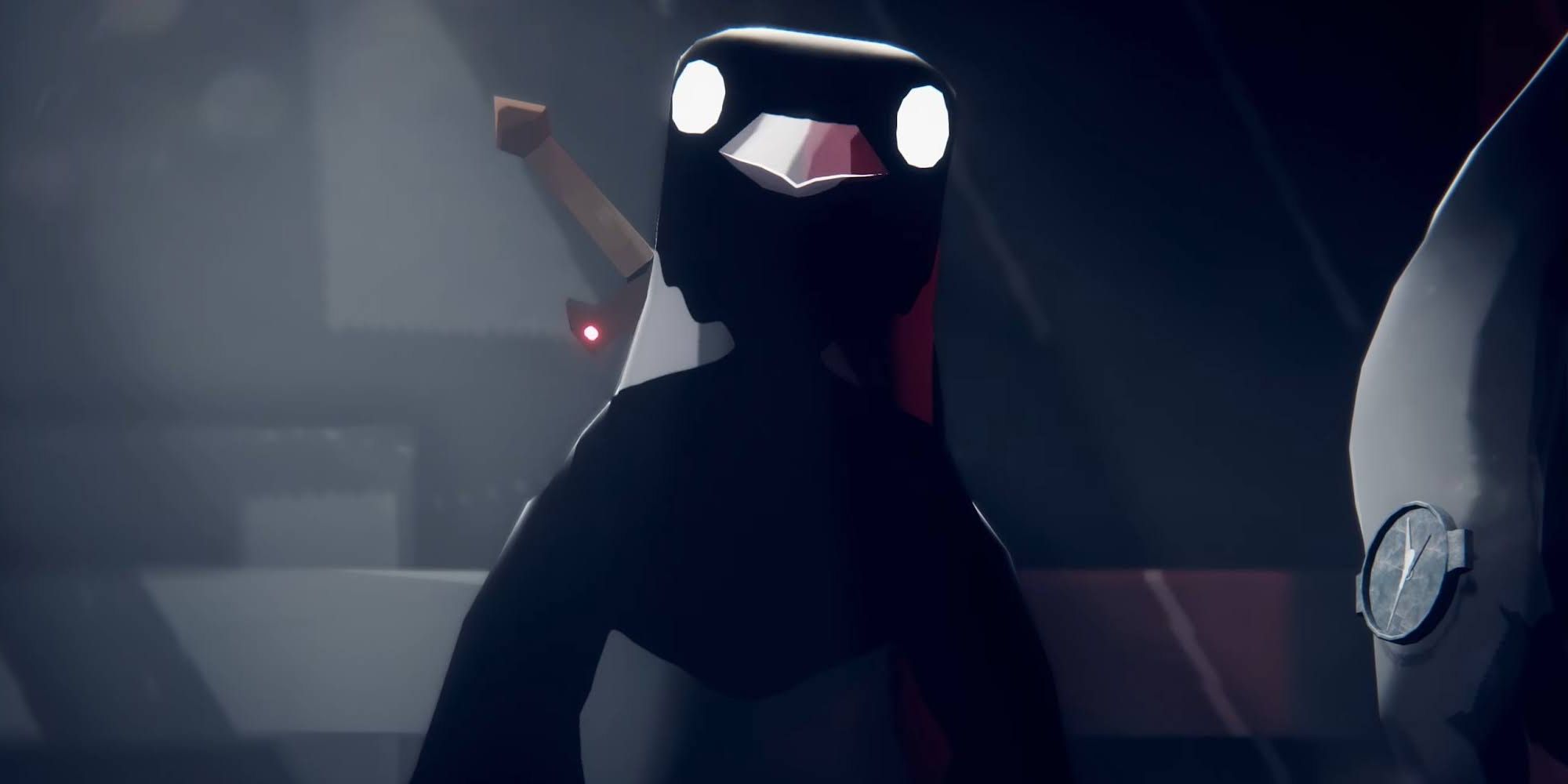
Dark Souls has carved out its own little genre in video games. However, many people fundamentally misunderstand what makes FromSoftware’s catalogue such a thrill. Spoilers – it isn’t the difficulty.
Interconnected level design, charming bosses and characters, a vague narrative in an elusive world, and openness despite its linearity – these are the things that make Dark Souls special. Death’s Door encapsulates all of those elements while being fair, intuitive, and still rewarding. It is the only Souls-inspired title to come out that has perfectly retained everything that makes FromSoftware’s series what it is. Yet, all the while, it manages to carve out its own identity. Death’s Door isn’t just one of the best indie games of the past few years, it’s the best Souls-like of all time.
RELATED: Death's Door Interview: How Acid Nerve Went From Titan Souls To A Hit Zelda-Like
Dark Souls 2 left me with an itch I couldn’t quite scratch. Waiting for the third game to launch led me to try a slew of copycats and wannabes, such as Lords of the Fallen. It’s Dark Souls if it had gone hollow like the Crestfallen Warrior with only a slither of familiarity remaining. Generic fantasy RPG elements with clunky combat that feel sluggish in comparison to its influences, Lords of the Fallen is a misguided attempt to ride the coattails of FromSoftware’s success. It isn’t a bad game by any means, but it isn’t particularly memorable, either.
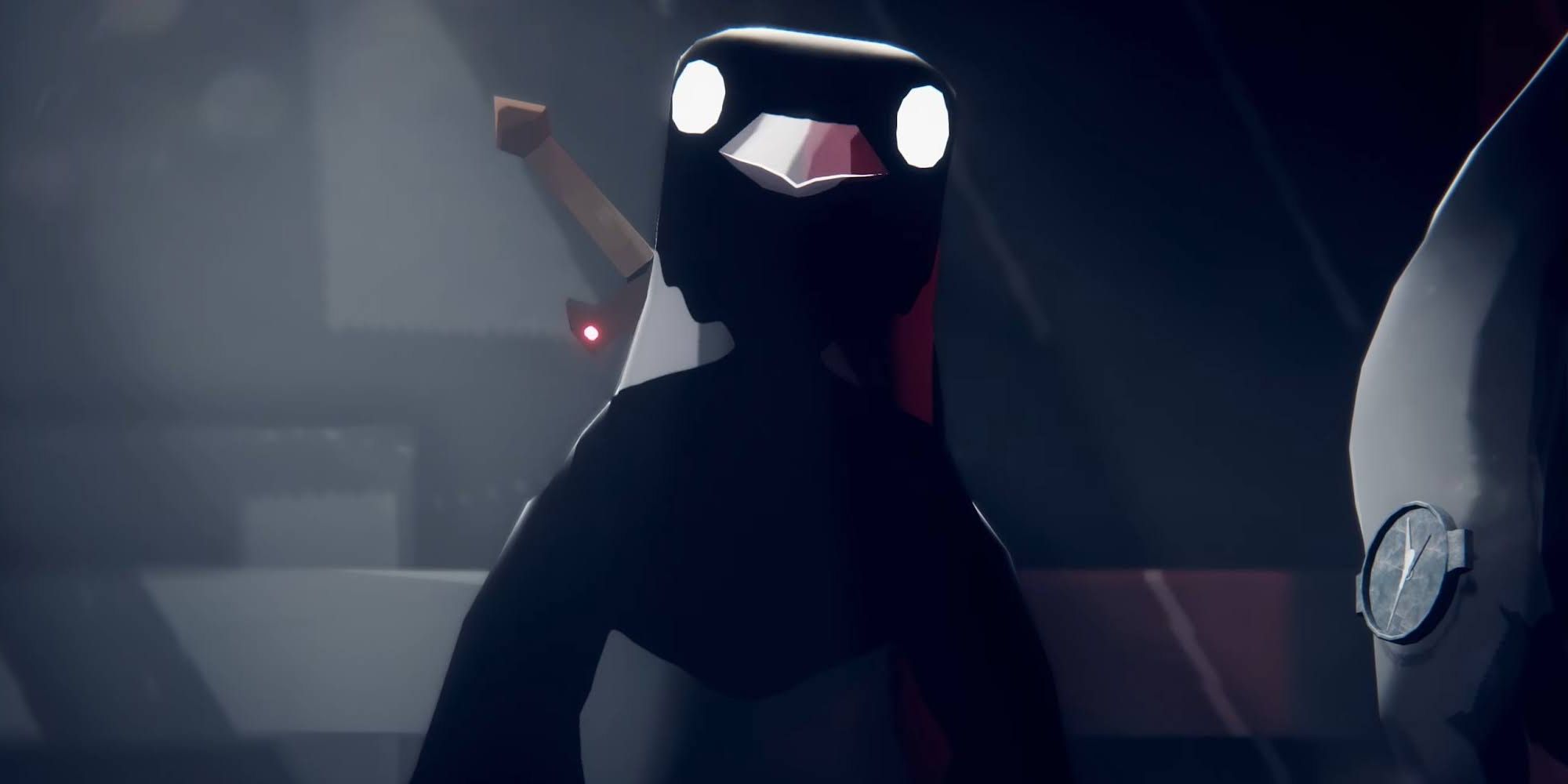
With that disappointment put aside, I dove into Salt & Sanctuary. It’s an indie game helmed by a husband and wife that takes the idea of Dark Souls and transplants it into the world of 2D side-scrollers. It’s wonderful, but it leans too far into the difficulty aspect – a problem that also plagued both Nioh and eventually FromSoftware’s own Sekiro, which overindulged in the studio’s notoriety for developing the toughest games on the market. Even recently, we had Eldest Souls which boiled Dark Souls down to the marketing first and foremost.
Dark Souls has become a caricature. “Prepare to Die” was literally the tagline of the first game. The marketing simplified Dark Souls to its bare bones, a test of your gamer mettle – are you brave enough to dive in and come out the other end? FromSoftware even caved into its own shtick with Sekiro. Barring the overly difficult bosses that amplified the worst elements of the series, it was a near-perfect experience. Getting to that rooftop – you know the one – spending hours learning Genichiro Ashina patterns, finally defeating them with no healing items left and a slither of HP, was almost rewarding. Then he had another health bar. That’s what Dark Souls and others like it became, a constant competition of one-upping each other to get more and more difficult. Some people might try to tell you that’s what the series is about. It’s not. Elden Ring’s step back is proof of that.
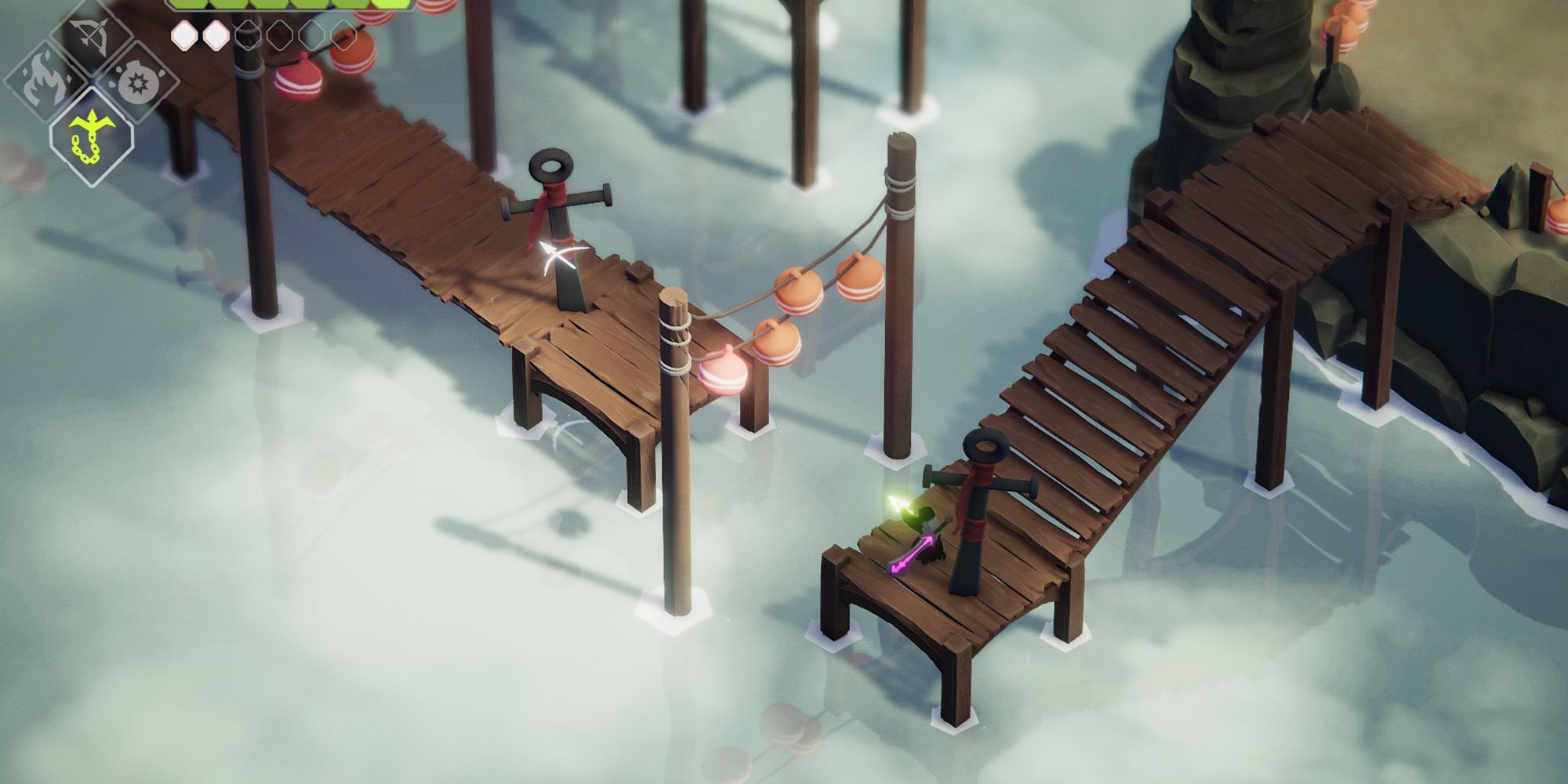
When I read reviews that Death’s Door was a Zelda-like indie experience with Dark Souls elements, I was wary. I’d been down this road before. I still haven’t beaten Nioh because it can get unbearably tedious and I gave up on Lords of the Fallen because it was a bore. On the contrary, Death’s Door is fair. From the get-go, you’re three-shotting enemies that attack you in manageable waves. The boss fights often have doors (the game’s equivalent to bonfires) planted right before them while areas loop into themselves repeatedly via checkpoints. Sounds familiar, aye? There’s that same adventurous spark not too dissimilar to Dark Souls’ own. The bosses themselves come in a variety of shapes and forms. Some are the ol’ hack at them ‘til they die, while others – like the frog – are more Zelda-like, playing out like a series of self-contained tasks rather than a sword-swinging monster mash. They leap from side to side, lifting the arena up and sucking tiles out before you shoot an arrow at their back to bring the floor into existence again.
At no point have the bosses made me want to pull my hair out. It feels like Dark Souls at its best when the fights aren’t bullshit for the sake of being bullshit – they’re designed to be engaging first and foremost. The most memorable fights in Souls aren’t the ones where you’re crammed into a small rectangle with two obnoxious dog enemies and a boss that two-shots you. They’re the ones you can quickly adapt to, learning your opponent’s moves and getting into sync like you’re dancing the rumba. Death’s Door gets that. Meanwhile, there’s a limited pool of unique weapons, a hub not unlike Firelink Shrine or The Nexus, and a vague story threading the gameplay together; you’re part of a band of interdimensional crow reapers living outside of time, who delve into the real world to take souls from those whose time is up. What I’m describing could easily be a FromSoftware anthology entry – another Bloodborne, Elden Ring, or Sekiro.

I adore its child-like aesthetic; there are carefully considered details like the signs you can chop in half that also cuts the text boxes in half; it sports a colorful cast of charming characters such as Pothead and his evil ceramic grandmother; there are countless varied areas bubbling with personality from the looming clifftop castle to the Stranded Sailor’s pub. Death’s Door is distinctly its own thing despite its influences. Not all games of the same genre and the same style are copies of each other, yet Dark Souls’ clones tend to feel that like just that – clones – because they fail to understand what makes the games great. Death’s Door takes a step back and looks at Dark Souls for what it is, taking those aspects and building its own world and adventure around them.
Next: I Hope I Hate Breath Of The Wild 2
